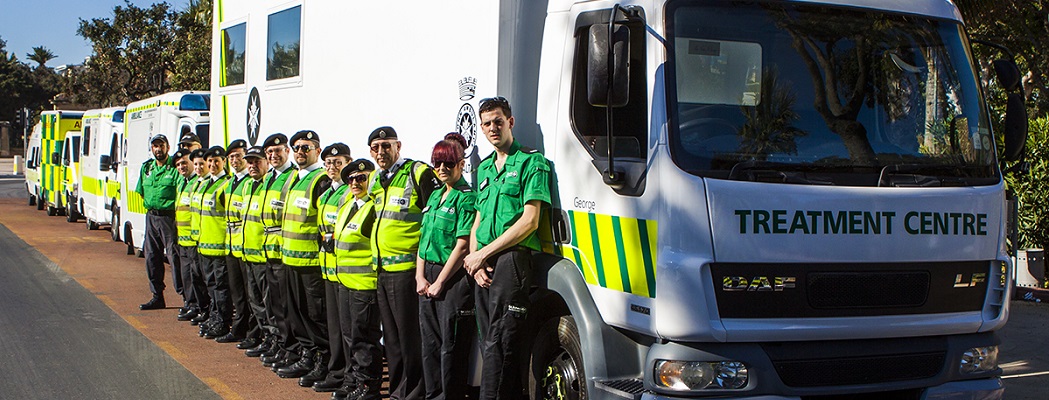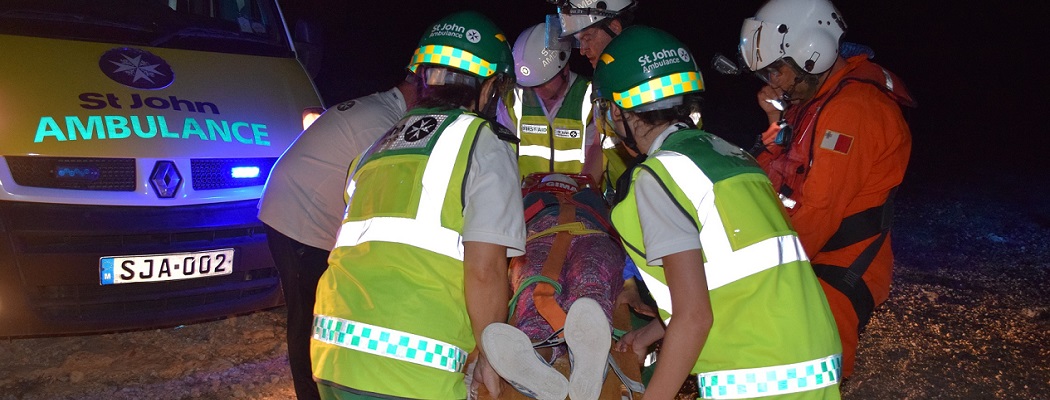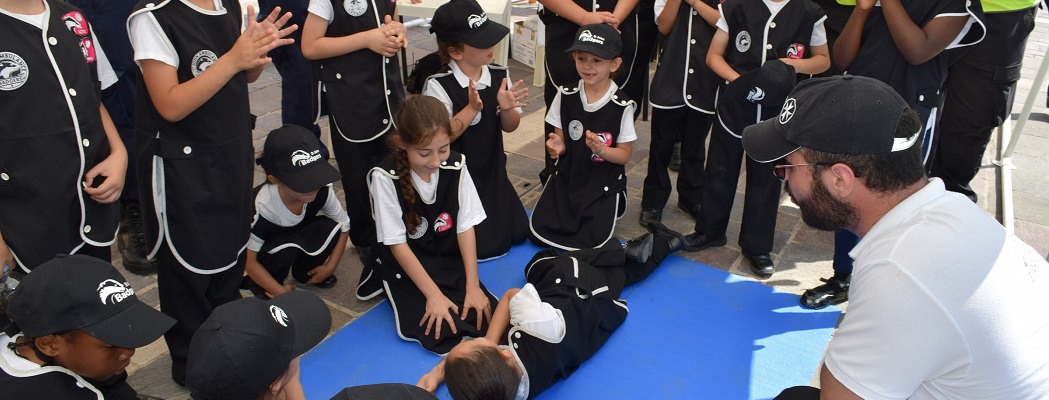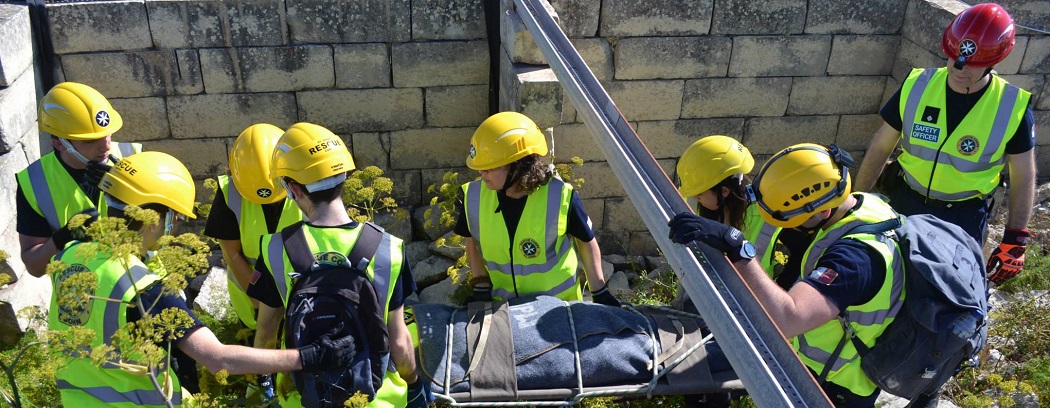These first aid tips are no substitute for thorough knowledge of first aid.
Attend a St John Ambulance First Aid Course.
Choking
A foreign object that is stuck at the back of the throat may block the throat or cause muscular spasm.
Young children especially are prone to choking. A child may choke on food, or may put small objects into their mouth and cause a blockage of the airway.
If the blockage of the area airway is mild, the casualty should be able to clear it; if it is severe they will be unable to speak, cough, or breathe, and will eventually lose consciousness.
Recognition
Mild obstruction
- Casualty able to speak, cry, cough or breathe.
Severe obstruction
- Casualty is unable to speak, cry, cough or breathe.
- Casualty will eventually become unconscious without assistance.
Treatment for adult or child
Your aims are to remove the obstruction and to arrange urgent removal to hospital if necessary.
If the obstruction is mild
- Encourage them to continue coughing.
- Remove any obvious obstruction from the mouth.
If the obstruction is severe
- Give up to five back blows.
- Check the mouth and remove any obvious obstruction.
If the obstruction is still present:
- Give up to five abdominal thrusts.
- Check the mouth and remove any obvious obstruction.
If the obstruction does not clear after three cycles of back blows and abdominal thrusts.
- Dial 112 for an ambulance.
- Continue until help arrives.
Treatment for infants
Your aims are to remove the obstruction and to arrange urgent removal to hospital if necessary.
If the infant is distressed, is unable to cry, cough, or breathe:
- Lay them face down along your forearm, with their head low, and support the back and head.
- Give up to five back blows, with the heel of your hand.
- Check the infant’s mouth; remove any obvious obstructions.
- Do not do a finger sweep of the mouth.
If the obstruction is still present:
- Turn the infant onto his back and give up to five chest thrusts.
- Use two fingers, push inwards and upwards (towards the head) against the infants breastbone, one finger’s breadth below the nipple line.
- The aim is to relieve the obstruction with each chest thrust rather than necessarily doing all five.
- Check the mouth.
If the obstruction does not clear after three cycles of back blows and chest thrusts:
- Dial 112 for an ambulance.
- Continue until help arrives.






